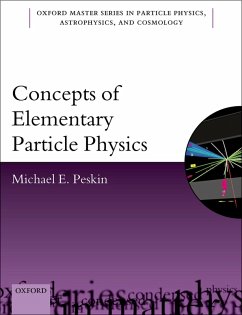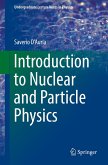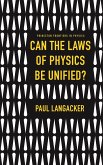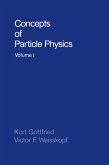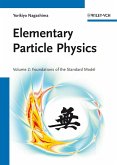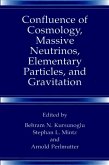The purpose of this textbook is to explain the Standard Model of particle physics to a student with an undergraduate preparation in physics. Today we can claim to have a fundamental picture of the strong and weak subnuclear forces. Through an interplay between theory and experiment, we have learned the basic equations through which these forces operate, and we have tested these equations against observations at particle accelerators. The story is beautiful and full of surprises. Using a simplified presentation that does not assume prior knowledge of quantum field theory, this book begins from basic concepts of special relativity and quantum mechanics, describes the key experiments that have clarified the structure of elementary particle interactions, introduces the crucial theoretical concepts, and builds up to the full description of elementary particle interactions as we know them today.
Dieser Download kann aus rechtlichen Gründen nur mit Rechnungsadresse in A, B, BG, CY, CZ, D, DK, EW, E, FIN, F, GR, HR, H, IRL, I, LT, L, LR, M, NL, PL, P, R, S, SLO, SK ausgeliefert werden.

